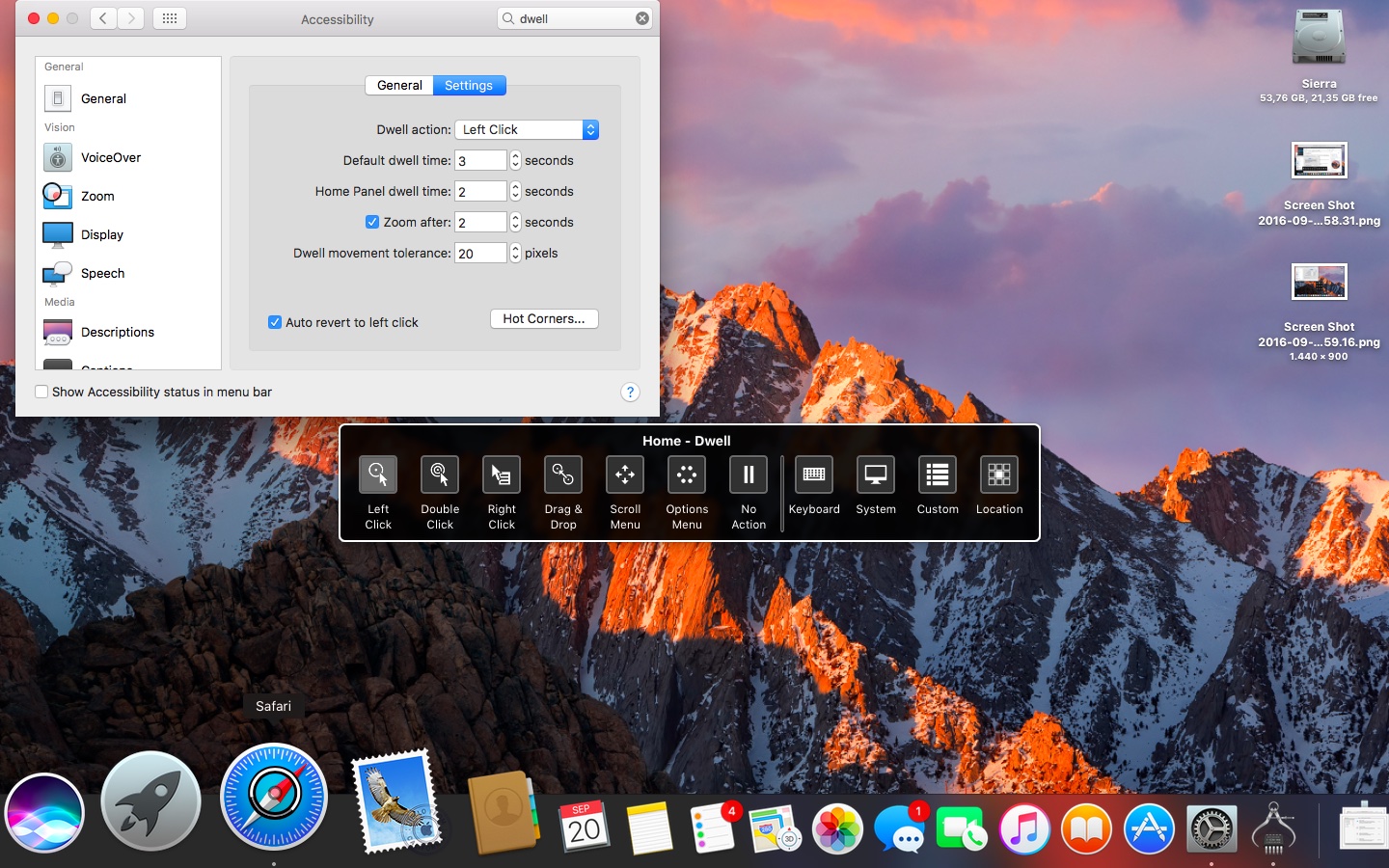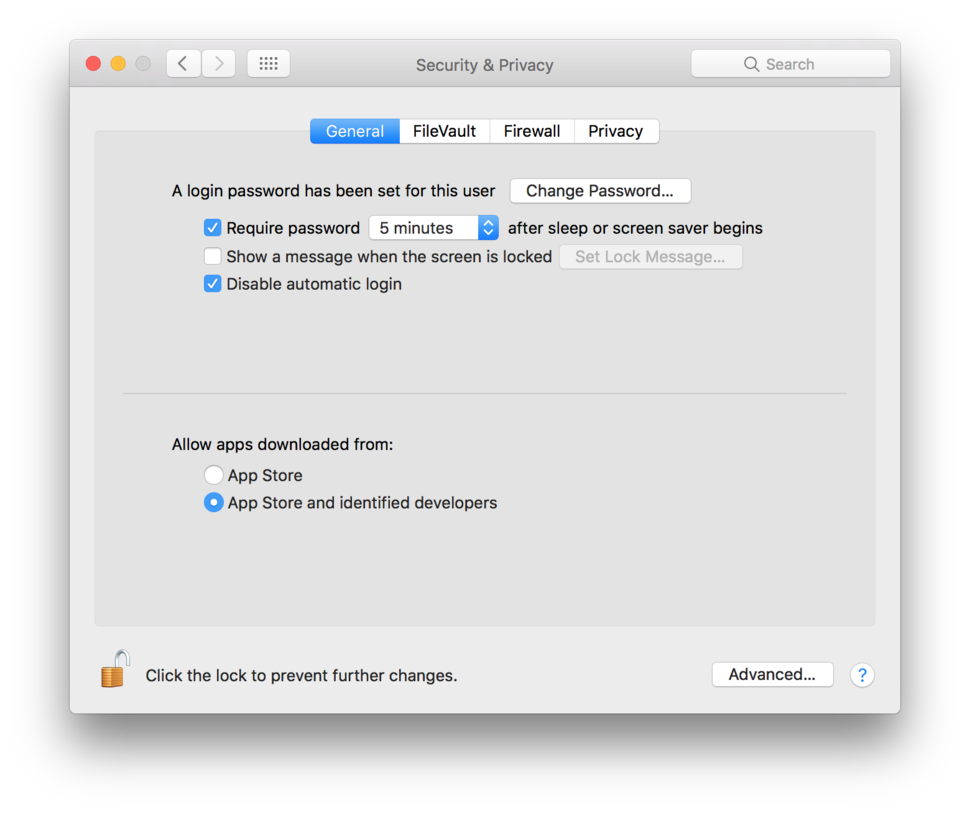Sierra Download For Mac Say To Old To Download
Apple yesterday said that macOS Sierra will support a smaller number of Macs than the previous editions, striking models made before 2008 from the list.
- Funny Things To Say To Old People
- What To Say To Old Girlfriend
- Sierra Download For Mac Say To Old To Downloads
- What To Say To Old Classmates
Funny Things To Say To Old People
How to download macOS Sierra right now. Head over to our ultimate guide to backing up your Mac. How to download macOS Sierra. 7 top tips to supercharge your old smartphone's performance. Download and install older versions of OS X on a Mac. We hope this article has helped you to download an old version of Mac OS X. Below are a few more links you may find interesting. These might also interest you: How to AirDrop from Mac to iPhone.
Although Apple did not post the system requirements of macOS Sierra on its website, the company briefly revealed the list in a slide during its Worldwide Developers Conference (WWDC) Monday.
What To Say To Old Girlfriend
The slide, which was on-screen for just two seconds, said that supported Macs include late-2009 and later MacBooks and iMacs, and 2010-and-later MacBook Airs, MacBook Pros, Mac Minis and Mac Pros. Craig Federighi, who heads macOS and iOS development, sped by the slide, saying only that '[Sierra] will be available to everyone else, in the fall, across all of these systems' as the list fleetingly appeared behind him.
Sierra's support was narrower than the five previous iterations of OS X, the former name of the Mac's operating system. 2011's OS X Lion, 2012's Mountain Lion, 2013's Mavericks, 2014's Yosemite and last year's El Capitan ran on the same set of systems: iMacs from mid-2007 on; MacBooks as old as late 2008, MacBook Pros from as long ago as late 2007; MacBook Airs from late 2008; Mac Minis from mid-2009; and Mac Pro desktops from early 2008 and later.
 The app has been designed to work directly on your Mac desktop, with no Internet connection required. Key Features include: • Create Gantt charts.
The app has been designed to work directly on your Mac desktop, with no Internet connection required. Key Features include: • Create Gantt charts.
Apple dropped support for all Mac models that debuted in 2007 and 2008, as well as the heart of its notebook line -- MacBook Airs and MacBook Pros -- launched in 2009.
The Cupertino, Calif. company did not offer a reason for the restriction to newer Macs, but online commenters speculated about everything from the firmware and disk drive to the processor and graphics chipset.
Others saw a conspiracy in the move, arguing that Apple is simply dumping models to force customers to buy new hardware. They pointed out what they believed were inconsistencies, such as 2009 MacBooks making the list while MacBook Pros -- which sported more powerful components -- from that same year were omitted.
Apple has already halted security update support for Macs still running any edition of OS X older than Mavericks. The out-of-support versions accounted for about 12% of all Macs last month, according to analytics vendor Net Applications. Shortly before the release of macOS Sierra this fall, Apple will ship the final security update for 2013's Mavericks, patching only Yosemite, El Capitan and Sierra going forward.
It's impossible to know with certainty what proportion of in-use Macs will balk at Sierra, in part because of the five-year stretch when system requirements did not budge. A MacBook Pro made in 2009, for example, and which came with that year's OS X Snow Leopard, may have been upgraded several times, finally to 2015's El Capitan, and so would show in Net Applications' data under the latter's heading. Meanwhile, another 2009 MacBook Pro whose owner kept it on Snow Leopard -- which was the current edition through July 2011 -- would be represented as part of the 3.5% of all Macs running that OS.
Yet neither machine will run Sierra.
Prior to the unprecedented (for Apple) five-year run of static system requirements, the firm regularly knocked older Macs off the supported list.
Windows has traditionally supported a much broader span of PC ages -- systems that originally ran Windows XP as far back as 2001, for example, were theoretically able to run 2012's Windows 8 -- but recently Microsoft changed the rules, saying that Windows 7 would not be supported on hardware with mid-2018 and later processors.
macOS Sierra will be available to the general public for testing in July. Users interested in grabbing the preview can register with Apple's beta program on the company's website.
I want to download macOS Sierra from the App Store to create a bootable USB stick (according to Apples web page). However, the App Store tells me that I have installed it and only shows me an 'open' button. There is no Install macOS Sierra app in the applications folder. Spotlight however finds it, but it is marked as unknown version and does not start from there. I also cannot find it in Finder. Any ideas?
 DaPhilDaPhil
DaPhilDaPhil1 Answer
I see several issues with different solutions. Let's try to fix them one at a time
Spotlight
First you should check if your Spotlight index is current. Search again for the Sierra Installation App. If it is listed, scroll down that list and click on 'Show all in finder' (see Apple Support Page Description).
You get a Finder Window with all the Search results and if the Installer App is listed there you can get the Location and try to create the bootable USB Stick from there. You should also check the File Size and the Permissions of the Installer in case it is f.e. File Size 0 or you don't have permission to execute the Installer. You could also delete that Installer in order to reload it from the App Store.
If the Installer is showing in Spotlight, but is not showing up in the Finder you should rebuild your Spotlight Index (see Apple Support Page here or use a third party tool like Onyx, but be carful). Depending on your HD Size and Speed that could take some hours.
App Store
If the App store is still showing that the installer is present and won't let you download, you could try to delete (or just move it somewhere) your App Store Cache at ~/Library/Caches/com.apple.appstore. You should restart at that point and then try to Download from the App Store again.
There is a second (temporary) cache Location but only for downloads. You can get there fastest by opening the Terminal and typing in open $TMPDIR./C/. There you will find a Folder named com.apple.appstore which you could also move, restart, then try to DL again.
Vmware fusion free download for mac. Try these approaches first and see if that solves your Problem.
Sierra Download For Mac Say To Old To Downloads
You must log in to answer this question.
